In Dingshu town (丁蜀镇) in Yixing (宜兴), where the Zisha(紫砂) teapot originated and now massively produced,I went to two most famous districts hoping that I can find a teacher for making the clay teapot. No one was willing to teach me how to make a Zisha teapot. The most important reason is that they don’t think I can learn and make a teapot in just one week, well…my itinerary only allows me to stay here for one week.

When I was just about to give up, in my last attempt, a craftsman family gave me some hope. They allowed me to try just some initial steps for teapot making - pounding the clay into a thin slab, trimming the slab, joining the edges of the trimmed slab, and using a paddle to strike the slab to form the shape of the teapot body.

Even for one very small move, the results from the craftsman and myself were so r. I realised that what really contributed to the success is not the procedure, but the techniques and experience that determine the strength applied to the clay, the angle of the fingers, and the use of the tools.
Thanks to this kind craftsman family, I am now aware that how difficult it is to make a teapot and how naive I was thinking that I could learn and make one within one week.

Yes, I gave up, and this is my outcome after spending hours of time paddling the clay. .
I changed my plan. Instead of making a Yixing clay teapot for my dad, I wanna shop some good ones for him with the help from the craftsman family.
Yixing has abundant resources of clay required for the pottery, hence the pottery industry has been thriving for thousands of years. However, the origination time of the Zisha clay teapot is not determined yet. Some people believe it was from the Song dynasty by evaluating some pottery fragments unearthed while others believe it was from the Ming dynasty thanks to the creation of the first Zisha teapot craftsman in history, Gong chun.
In Chinese, Zisha means Purple Clay. But It’s not necessarily purple in colour. In fact, ZIsha is a group of very colourful kinds of clay made from the rocks in the hills nearby. The red clay group is the clay that can give the teapot the red colour after firing in the kiln. The purple clay group can give the dark purple colour. There are also green and yellow clay group which produce different hues of green and yellow. When preparing the clay, the choice of filter screens can also determine the texture of the teapot after firing, either more smooth or more rough.
I prefer the red clay and the light green ones. How about you?
There are countless styles of teapots. But in general, it can be broken down into 3 big classes, Guang Huo (光货),Hua Huo (花货), and Jingnang Huo (筋囊货). Guanghua refers to those that have simple geometrical shapes, either round or square.. Huahuo refers to those that use the teapot to mimic or showcase things in nature, commonly the pine trees, bamboos, flowers, fruits or vegetables. Jingnang Huo divides the normal geometrical shape into multiple pieces evenly to symbolise some flowers in nature , like the plum blossoms, and chrysanthemum.

Zisha clay teapot originated in the Ming dynasty, and soon became a trendy teaware among the scholar class. The scholars noticed that the surface of the teapot is a good place for sculpting their painting and calligraphy. In no time, the Zisha clay teapot became more artistic and pricey as well with the sculpting from the scholar class.
Nowadays, we can still find my sculpted teapots and sculpting artists especially for Zisha clay.
After visiting the museum of Zisha Clay and talking to many local craftsmen,I learnt some good tips about choosing a Yixing clay teapot..
The first is to check the clay used. In general, try to avoid some very bright colourful teapots, because most likely some metallic materials have been added to the clay.

The second is to check the shape and finish of the teapot, especially the spout and the handle. The size of the spout and the handle should be in good ratio matching the body of the teapot. When looking from the side, the spout, handle, and the peak of the lid should be in one straight line. The neck of the spout should be smooth and in clear shape. The thickness of the handle should be even up and down. In general, the teapot should look smart and delicate, rather than clumsy.
The third is to check some details. The hole of the spout should be perfectly round and thin, the shape of the lid should closely match the body of the teapot, and the finish of the internal surface of the teapot should be smooth when touched by fingers.
My time in Yixing quickly passed by. I've found satisfying teapots for my dad and also made some craftsmen friends. Time has done a favour for this little town. It has added more weight to the life of those people who spend half a month making just one teapot, just like the Zisha clay teapot adds extra flavour to the tea after being used for a long while.



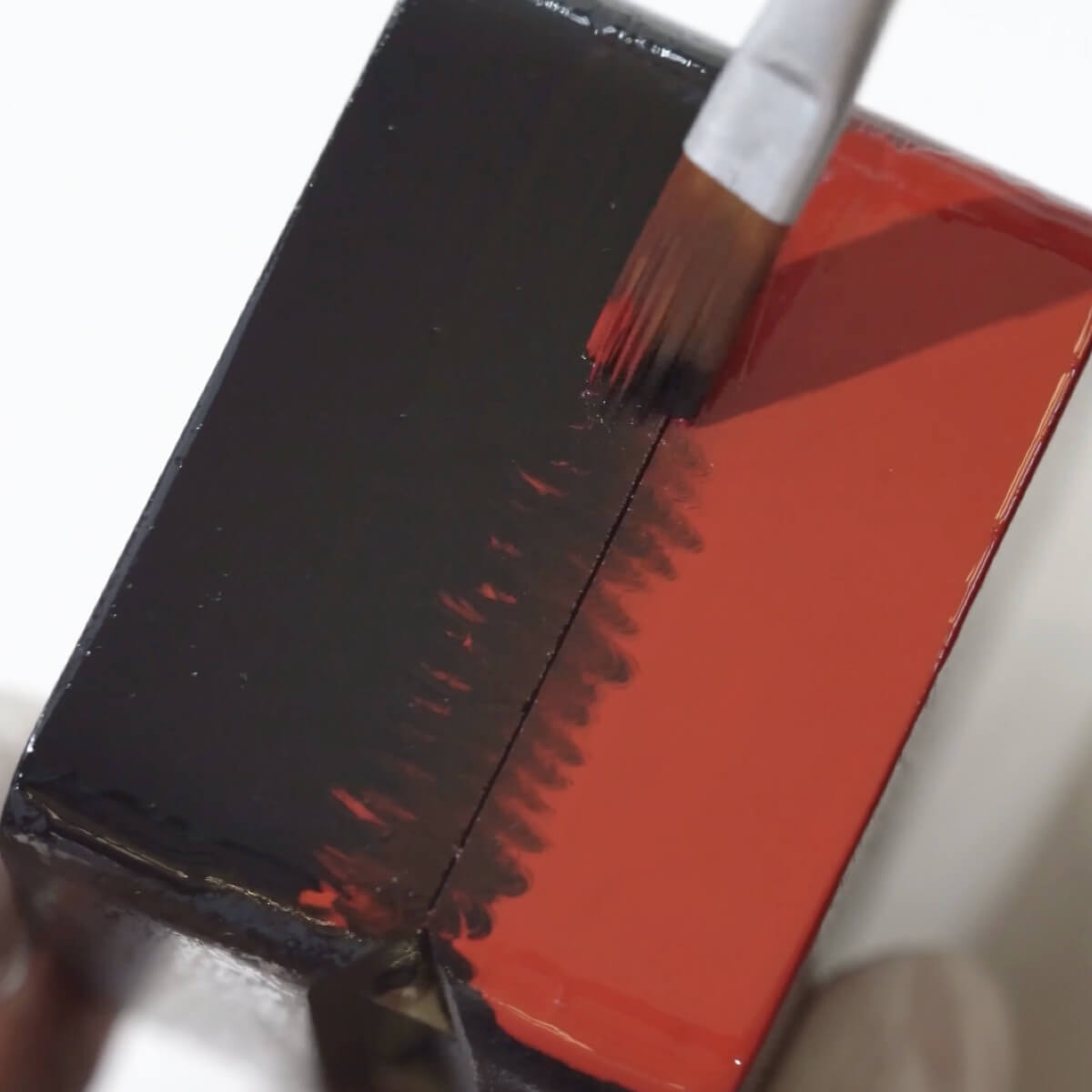

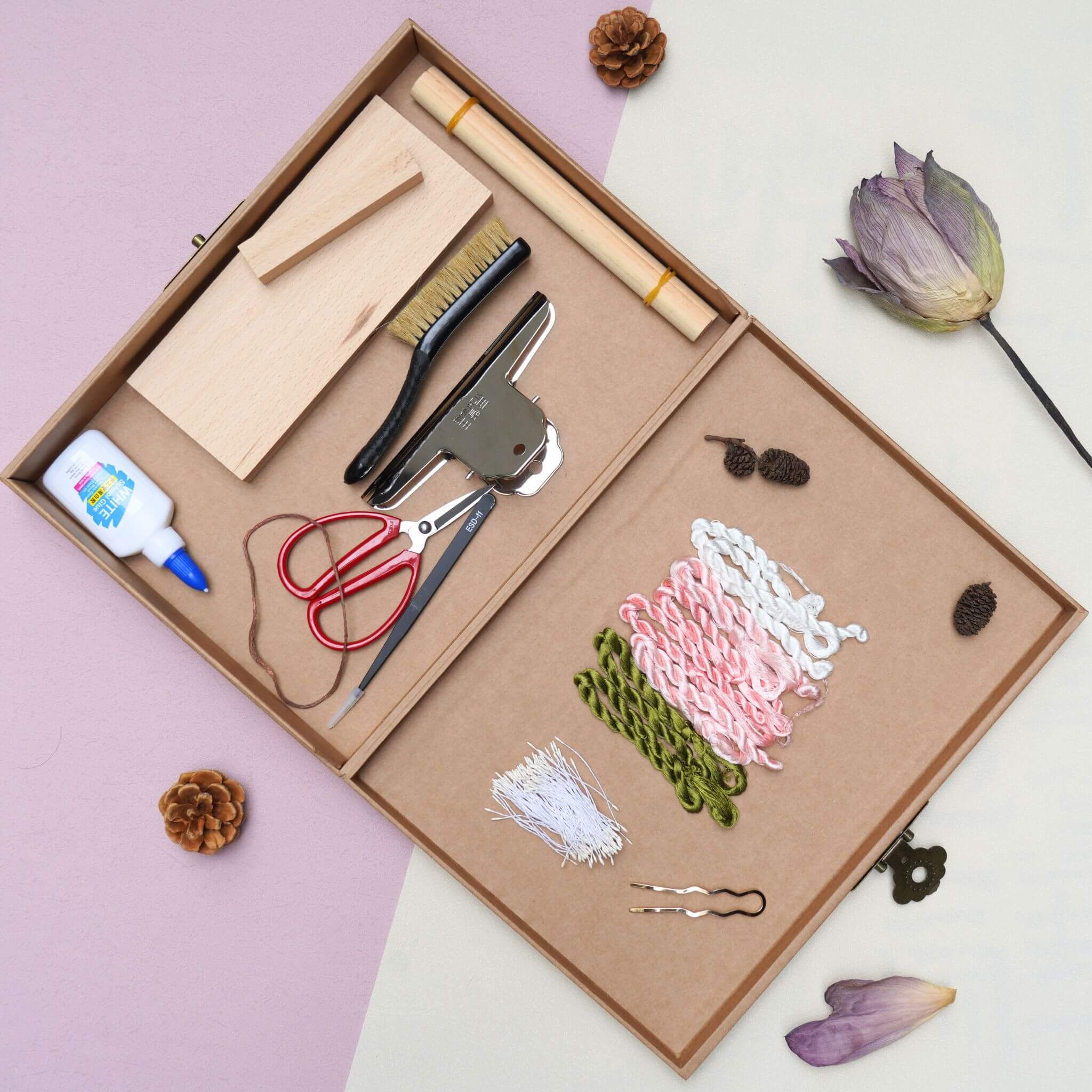
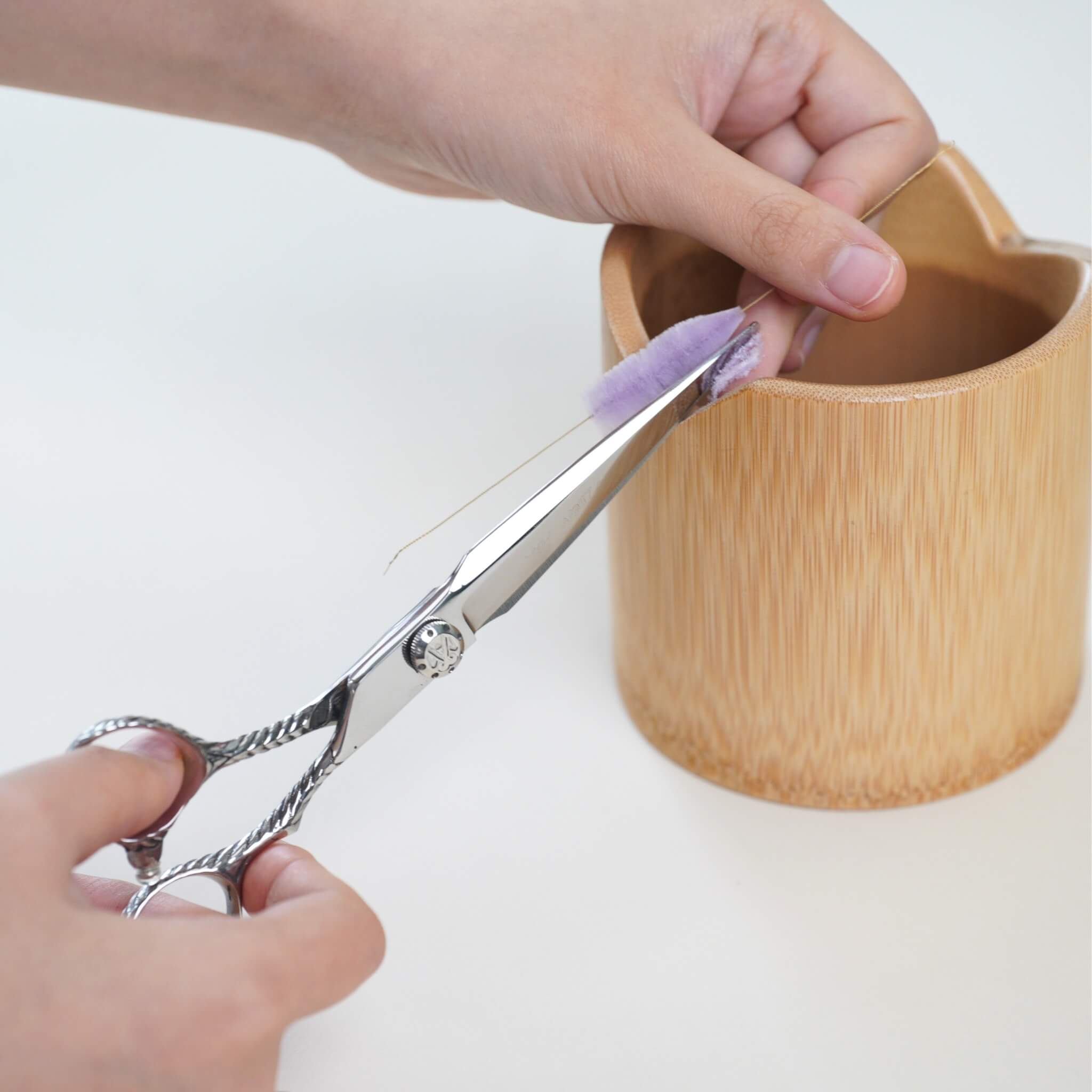

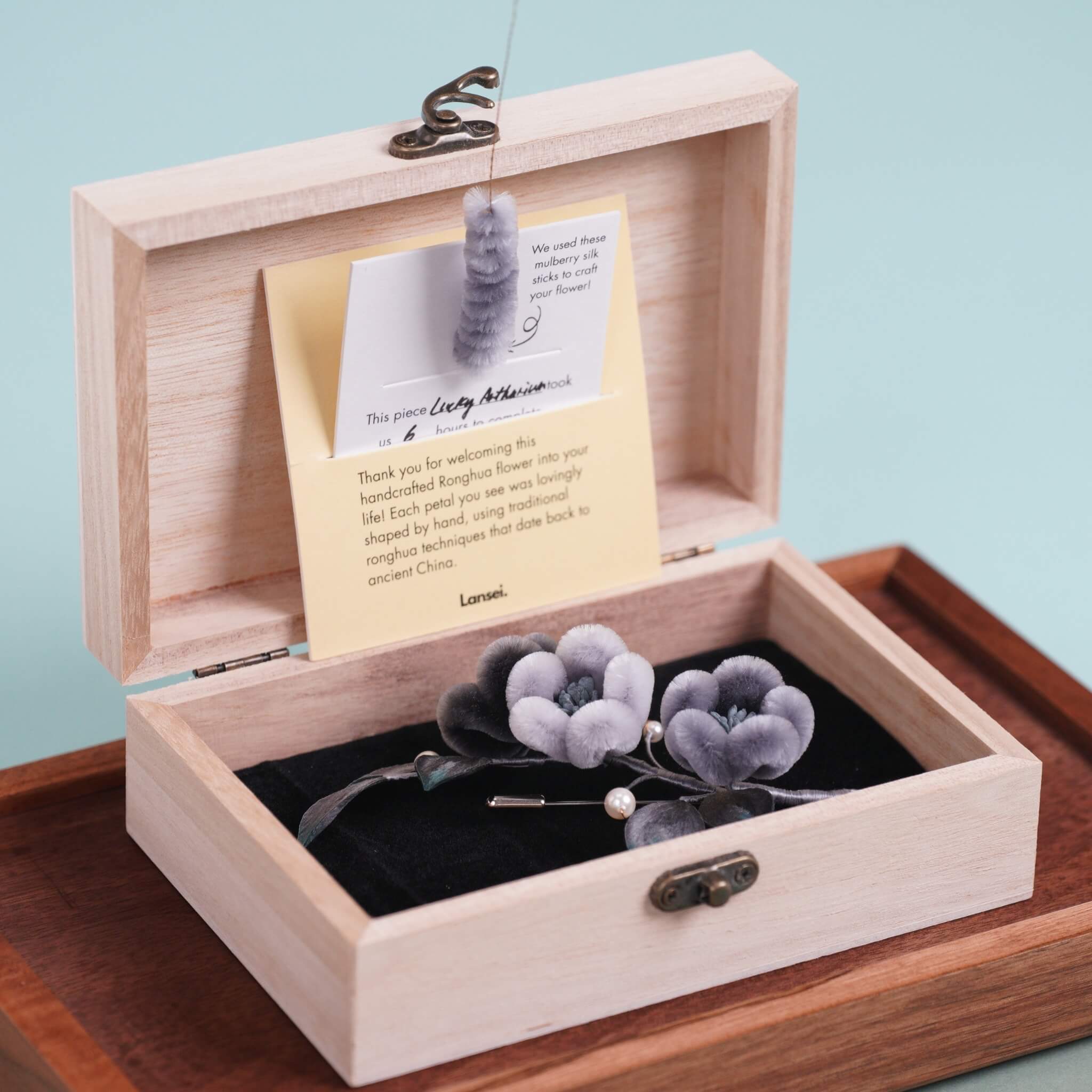


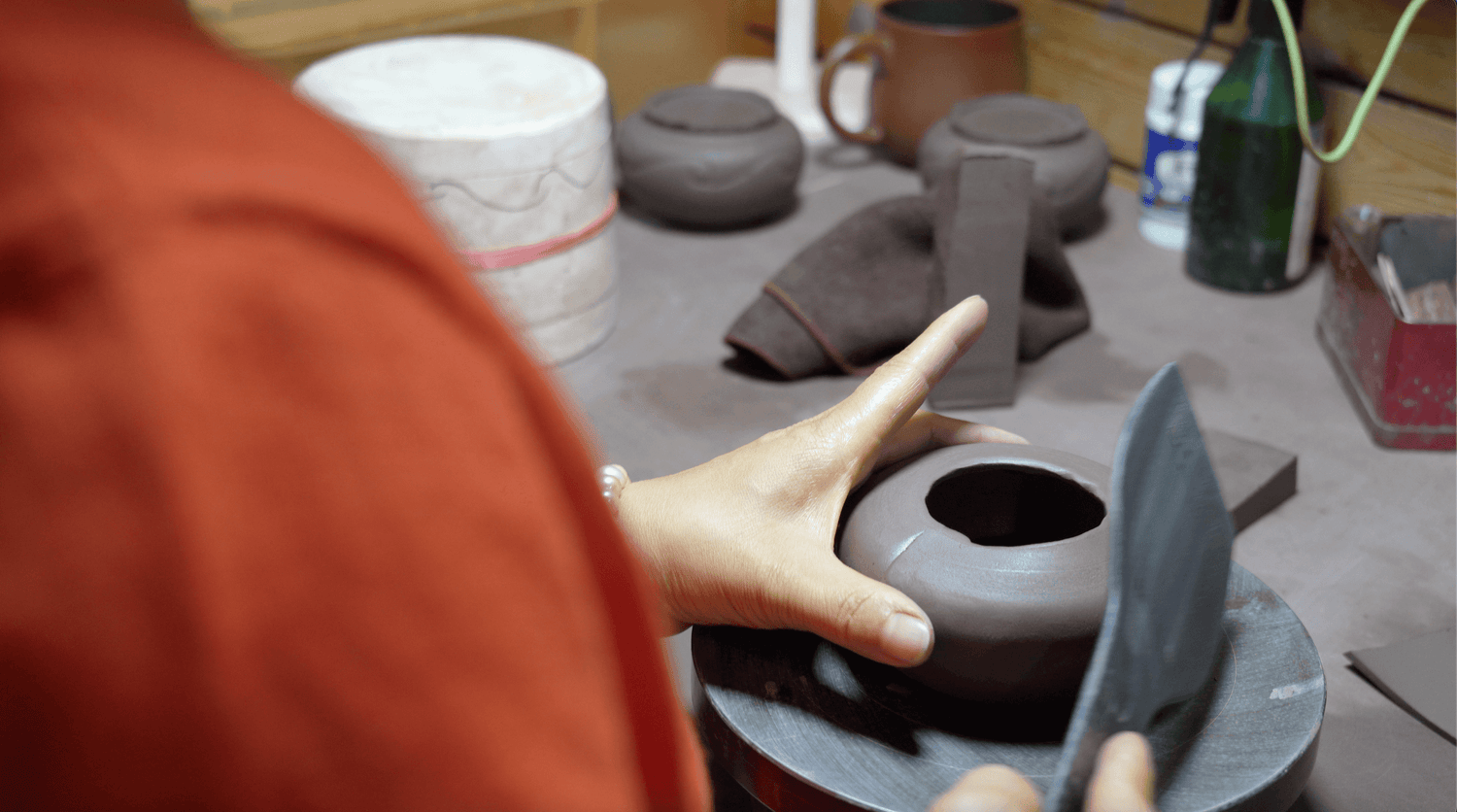


1 comment
Catalina
Hello,
I am a ceramicist as well and will like to learn how to make those teapots. I have a 3 weeks time and will appreciate if you can give the name of the crafty that helps you.
It is not easy for me to find this information as I don’t Speak the language
Best regards,
Catalina
Leave a comment
All comments are moderated before being published.
This site is protected by hCaptcha and the hCaptcha Privacy Policy and Terms of Service apply.